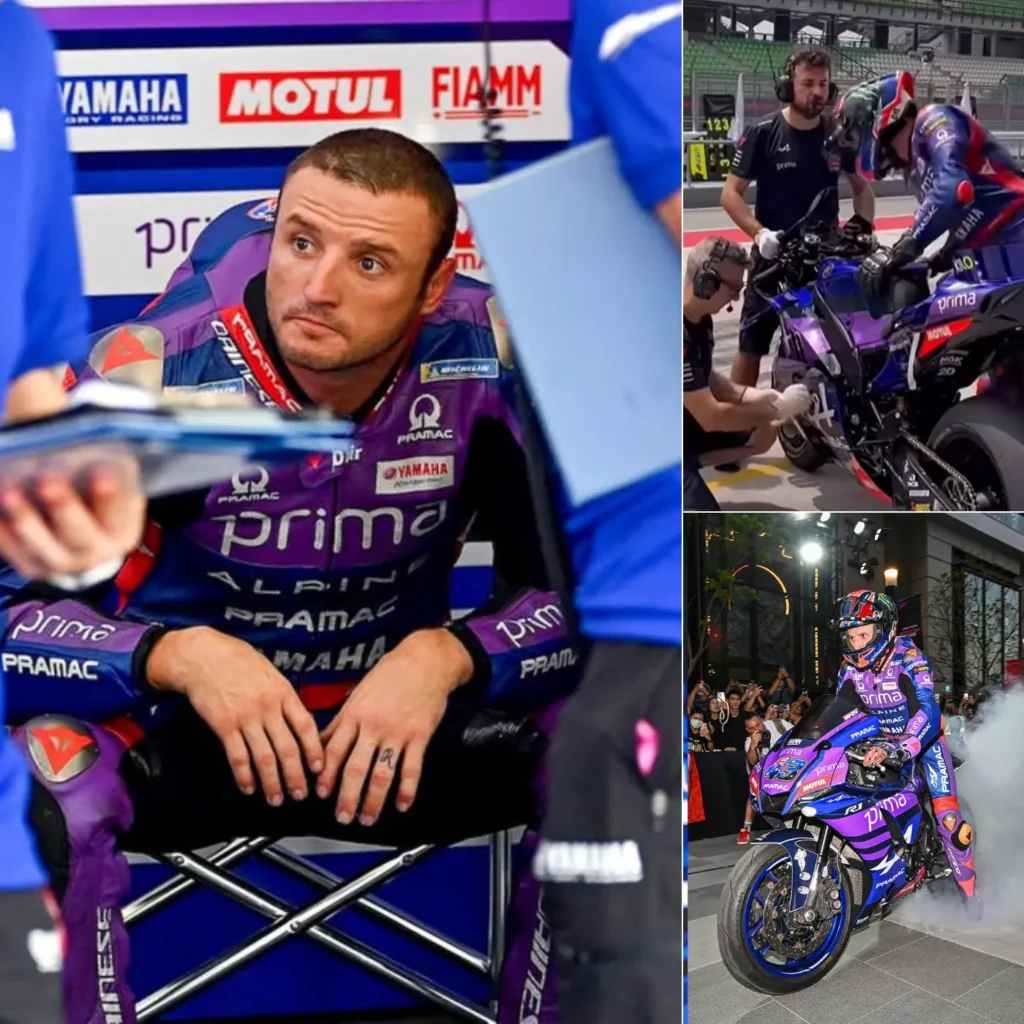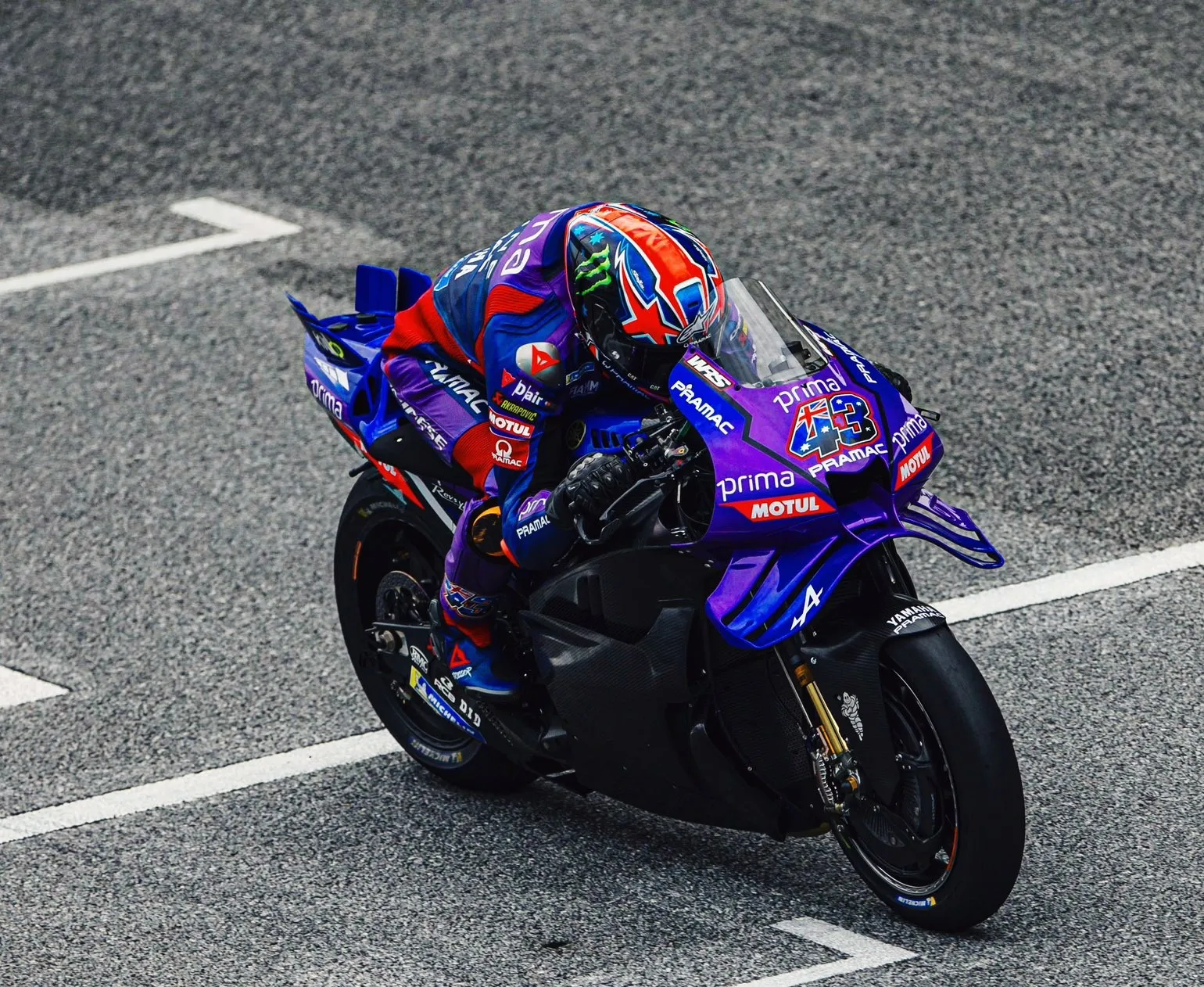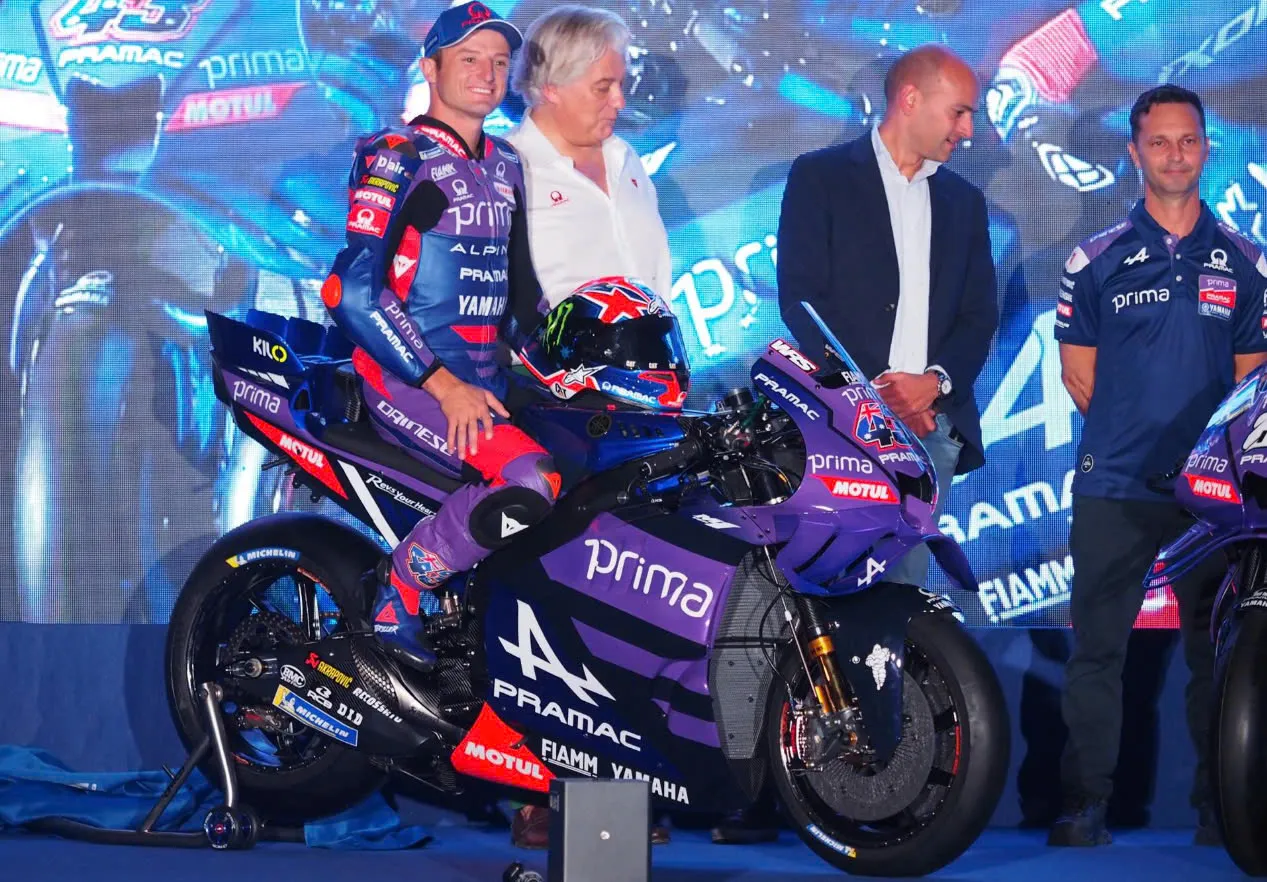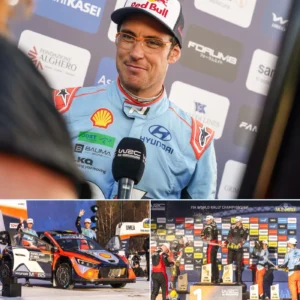The New V4 Engine Will Ruin Millers Season and Possibly His Career

The 2025 MotoGP season is shaping up to be one of the most pivotal in Jack Miller’s career, but not for reasons he might have hoped. With the introduction of a new V4 engine, Miller finds himself at a crossroads, facing the possibility that this change could derail his season—and potentially mark the beginning of the end of his time in MotoGP.
As KTM pushes forward with an aggressive development strategy, questions loom over whether Miller can adapt to the new machine. While some riders thrive under change, others struggle, and given Miller’s history with adapting to different bikes, the latest V4 engine upgrade might be his toughest challenge yet.
Why the V4 Engine Change Matters
The Technical Shift That Could Spell Trouble
KTM’s decision to introduce a new V4 engine was made in an effort to close the gap with Ducati, which has dominated MotoGP in recent years. The V4 configuration is known for producing higher top speeds and better acceleration, giving Ducati an edge on straightaways. KTM is now banking on a similar approach, but this comes with inherent risks.
Unlike previous iterations of KTM’s RC16, the new V4 engine reportedly features revised power delivery, a different weight distribution, and a completely reworked electronics system. This means Miller will need to completely change his riding style—a process that has historically taken him longer than some of his competitors.
For a rider like Miller, who thrives on aggressive braking and mid-corner control, the transition to a different power delivery system could prove disastrous. If the engine changes require a smoother, more calculated approach—something Miller has struggled with in the past—it could neutralize his biggest strengths on the track.
The Ducati Comparison: Why Miller Should Be Worried
If history is any indicator, Jack Miller should be deeply concerned about how the V4 engine update will affect him. His move from Ducati to KTM was largely influenced by his inability to fully capitalize on the Desmosedici’s capabilities, particularly in maintaining pace across race distances.
Ducati’s V4 engine has been refined for years, allowing riders like Francesco Bagnaia, Jorge Martín, and Enea Bastianini to dominate the grid. Miller, however, struggled to consistently extract top-tier performance from the machine. His inconsistency led to Ducati replacing him with Bastianini—a younger, sharper rider who could better adapt to the nuances of their evolving bike.
If Miller couldn’t fully maximize Ducati’s V4 engine, how can he expect to do so with KTM’s completely new version?

Miller’s History of Struggles with Bike Adaptation
A Pattern of Inconsistency Across Multiple Factories
One of Miller’s biggest career weaknesses has been his struggle to quickly adapt to different machines. Unlike Marc Márquez, who instantly found success with Honda’s demanding RC213V, or Fabio Quartararo, who immediately gelled with Yamaha’s inline-four engine, Miller has often needed multiple seasons to fully adjust.
When he joined Pramac Ducati in 2018, it took him nearly three years before he could regularly challenge for podiums. Even when he moved to the Ducati factory team in 2021, he never quite reached the level of his teammates, leading to his eventual departure.
His transition to KTM in 2023 initially showed promise, but as the season progressed, his performances became inconsistent. While Brad Binder adapted more effectively to the bike’s evolving characteristics, Miller was frequently outpaced.
Now, with another major technical shift looming, history suggests that Miller could once again fall behind—a scenario that might be disastrous for his long-term career prospects.
The MotoGP Field Is More Competitive Than Ever
Younger, Faster Riders Are Taking Over
The introduction of MotoGP’s new generation of talent has created an environment where there is little room for adaptation struggles. Riders like Pedro Acosta, Marco Bezzecchi, and Jorge Martín are redefining the sport, proving that raw speed and adaptability are now more valuable than experience alone.
Acosta, in particular, is set to debut in MotoGP with Tech3 KTM, and early reports suggest he has already adapted to the KTM RC16 faster than expected. If Acosta consistently outperforms Miller, KTM may not hesitate to replace him for 2026.
Similarly, Bezzecchi’s continued rise with the VR46 Ducati and Martín’s aggressive push for a factory Ducati seat demonstrate just how little patience teams now have for riders struggling with performance consistency.
The Team Dynamic at KTM Poses Additional Pressure

Beyond the increasing competition from younger riders, KTM’s internal structure does not favor riders who take too long to adapt. The Austrian manufacturer is notorious for making aggressive roster decisions, and if Miller fails to deliver, he could quickly find himself without a ride.
Binder has solidified his position as KTM’s top rider, and with Acosta waiting in the wings, Miller must prove his worth immediately in 2025. If KTM sees Acosta as the future, they may be willing to cut Miller loose much sooner than expected.
Does Miller Have a Way Out?
Could Yamaha or Honda Offer an Escape Route?
If the V4 engine disaster materializes as expected, Jack Miller will have to consider his options. Given his history, it is unlikely that Ducati will offer him another chance. However, struggling manufacturers like Yamaha and Honda may be willing to take a gamble on him.
Yamaha, in particular, is desperate for an experienced rider to support Fabio Quartararo, and given their lack of depth, Miller could present a short-term solution. However, Yamaha’s inline-four engine would require yet another adaptation phase, something Miller may not have the luxury of time for.
Honda, on the other hand, is undergoing a full rebuild after losing Marc Márquez to Gresini Ducati. If Miller wants a long-term MotoGP future, Honda might be his best shot. However, considering how uncompetitive the RC213V has been, it would be a significant risk.
Could This Be the End of Jack Miller’s MotoGP Career?
If the new V4 engine proves to be as challenging as feared, Jack Miller could find himself out of MotoGP sooner than expected. The combination of a rapidly evolving grid, KTM’s lack of patience, and his historical struggles with bike adaptation paints a bleak picture for the Australian rider.
Unless he immediately adapts to the new V4 engine and delivers podium-worthy performances, Miller’s time at KTM—and possibly MotoGP—may be running out.
Final Verdict: Is There Any Hope for Miller?
Despite all the concerns, Jack Miller is not entirely out of options. If he finds a way to quickly master KTM’s V4 engine, he could prove his critics wrong and secure his place in MotoGP for years to come.
But if he fails to adapt yet again, it may be time to face a harsh reality—his time at the top of MotoGP may be coming to an end.
The 2025 season is shaping up to be a defining moment in Jack Miller’s career. If he doesn’t deliver, he could soon be watching from the sidelines as MotoGP’s next generation takes over.






